Wheelbarrow
Learn About The Different Types Of Wheelbarrows Before Choosing One
Most gardeners eventually discover that a wheelbarrow is necessary to fulfill specific activities in the garden. Wheelbarrows are useful for carrying bricks, disposing of garden waste, moving trees or large plants from one location to another, transporting mulch, rock, or compost to the garden, and even mixing concrete or fertilizer. The jobs you need a wheelbarrow for will determine the kind of wheelbarrow you should purchase because not all wheelbarrows are created equal. Learn more about selecting a wheelbarrow and the various varieties of wheelbarrows by reading on.
Gardening using wheelbarrows
With so many options, it’s critical to select a wheelbarrow that perfectly satisfies your gardening requirements. Wheelbarrow buckets typically come in two varieties: steel and plastic.
– Steel wheelbarrow buckets are heavier to handle and can support greater weight, but they might corrode. For heavy-duty tasks like hauling rocks, bricks, or big plants, steel wheelbarrows are employed.
– Plastic wheelbarrow buckets are lighter and typically less expensive than steel, but they are brittle and can break under excessive pressure, sudden temperature changes, or poor handling. For carrying mulch, compost, garden waste, and tiny plants, plastic wheelbarrows are employed. Plastic is also preferable to steel when mixing and transporting materials like concrete, fertilizers, and cow manure.
Additionally, there are wheelbarrows with varying volumes or capacities. These are often offered in the United States in capacities ranging from 2 to 6 square feet (0.2 to 0.5 square meters), with 3 square feet (0.25 sq m) being the most popular size. Additionally, these wheelbarrows might be marked to hold 300–500 lbs (136 – 227 kg.). Wheelbarrows are frequently advertised as storing 60–120 L. elsewhere, with 100 L. being the most popular capacity.
However, just because a wheelbarrow’s label indicates that it can take 500 pounds (227 kg) of weight does not mean that you must stuff it completely full of stones or bricks. Your strength will determine how much weight you can load into your wheelbarrow. Even though wheelbarrows are made to make moving and dumping large objects simpler, many people may not be able to lift a wheelbarrow full of stones or other heavy objects.
Choosing a Wheelbarrow
The handles and wheel of the wheelbarrow are some additional factors to take into account (s). You probably image the traditional wheelbarrow with two straight handles, one wheel in the front, and two supports evenly placed at the back when you hear the word “wheelbarrow.” However, more recent models of wheelbarrows could feature two wheels or ergonomic bar handles.
While one-wheeled wheelbarrows are simpler to dump and manage, they are also far more likely to tip over when turning or dumping or when carrying unbalanced loads. Two-wheeled wheelbarrows are less tippy but can be more difficult to turn and dump. There are also normal air-filled wheels, like those on a bicycle, and solid rubber wheels. Although solid rubber wheels don’t run flat or pop like air-filled wheels, they also don’t have the same level of shock absorption, which makes them more difficult to use over unforgiving terrain.
The traditional wheelbarrow with two handles is made for effective leverage. Typically, these handles are made of wood, metal, or plastic. A lot of weight might cause plastic handles to crack. After spending a lot of time in the sun, metal handles can become very hot. Too much exposure to the elements can cause wood handles to fracture and shatter. In addition to requiring a lot of upper body power, two-handled wheelbarrows can also hurt your back, shoulders, and arms. Bar-style handles, such on a lawn mower, are frequently used for ergonomic handles. These bar-type handles are intended to reduce upper arm strain, but because they have less leverage when dumping the load, they may actually worsen back pain.
For use in confined locations, specialty slim-line wheelbarrows are also accessible. Wheelbarrows made of canvas that can be folded up for simple storage are also available. Naturally, these canvas wheelbarrows aren’t very strong.
Spend some time choosing the ideal wheelbarrow for your requirements. Choose the wheelbarrow that looks the most convenient for you to use; each model has advantages and disadvantages. Always keep your wheelbarrow in a garage or shed when not in use to maximize its lifespan.
Learn About Seasonal Upkeep For Wheelbarrows With This Guide To Wheelbarrow Care
Although wheelbarrows are more expensive and sometimes larger and bulkier than your other gardening tools, having one on hand can help you avoid straining your back. Why haul bulky mulch bags around the yard when you can simply wheel them? These useful gardening gadgets are fantastic, but they also require maintenance. Wheelbarrow maintenance is essential to keep them in good working order, spotless, and rust-free. Check out this page to learn more about maintaining a wheelbarrow.
Basic Wheelbarrow Maintenance
The Handle. You don’t really give your wheelbarrow handle much thought until it cracks or becomes so harsh that it splinters you. Wheelbarrow maintenance begins with the frequently disregarded handles. Many wheelbarrows feature wooden handles, which should first be kept clean if you want to maintain them. After each use, wipe them down with a cloth.
Sandpaper can be used occasionally to smooth off the edges of wooden wheelbarrow handles if they become a little rough. Another fantastic approach to keep them in good shape is to give them an occasional oiling with linseed oil or another kind of oil. Simply allow them to dry before putting your wheelbarrow away.
A Barrow. When working in the garden, the bucket or barrow of your wheelbarrow is what gets the dirtiest. Caring for wheelbarrows properly also involves cleaning the bucket or barrow. It should be regularly cleaned; at the absolute least, give it a cursory cleaning after each usage, scraping away any leftover dirt or mulch. After that, give it a thorough cleaning after a few usage.
Before putting it away, clean it with a wire brush and make sure it is completely dry. If you have a metal barrow, doing this will help prevent corrosion. In order to further avoid rusting if the wheelbarrow is painted metal, patch up any paint chips as they appear.
Upkeep of the wheel and axle. The wheels and axle of your wheelbarrow must be maintained otherwise your tool risked becoming immobile. Giving the axle a quick spritz with a grease gun every few months will keep it running smoothly. Use a bicycle pump to maintain the tire’s proper pressure as needed.
Wheelbarrow maintenance is not difficult, but you must follow these instructions to ensure that your useful gardening implement stays in good condition and serves you for many years to come.

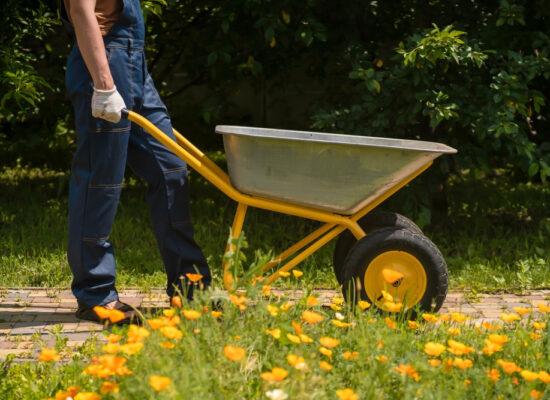


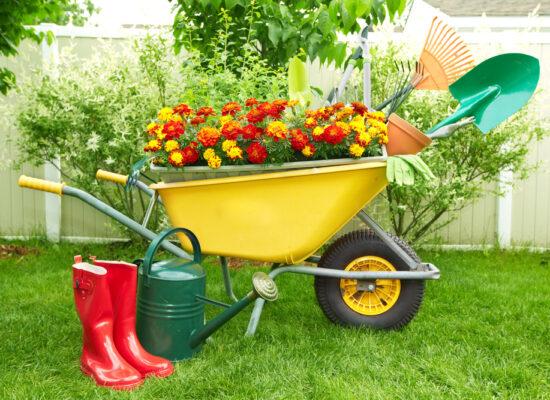
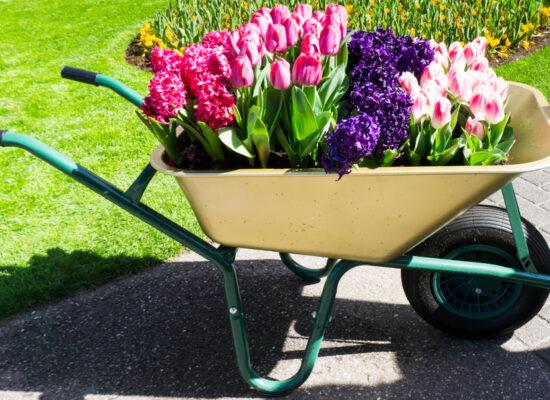
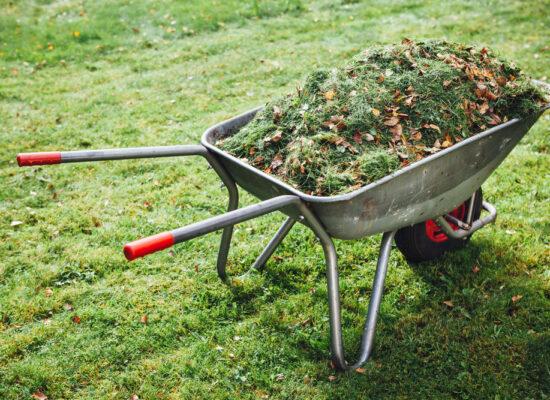
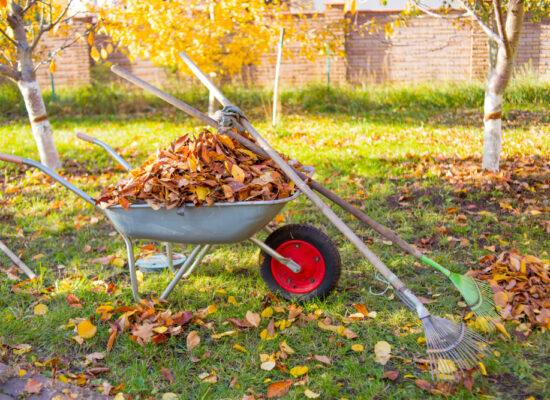
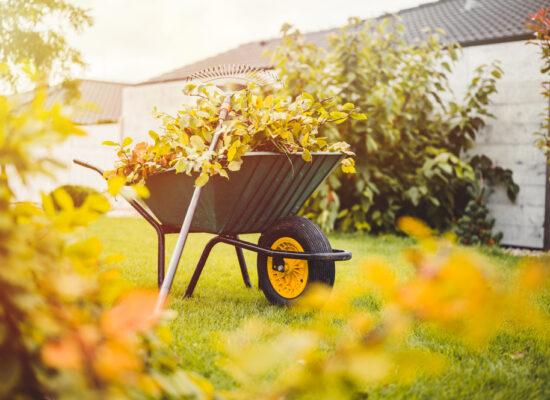
© Arbemu. All rights reserved